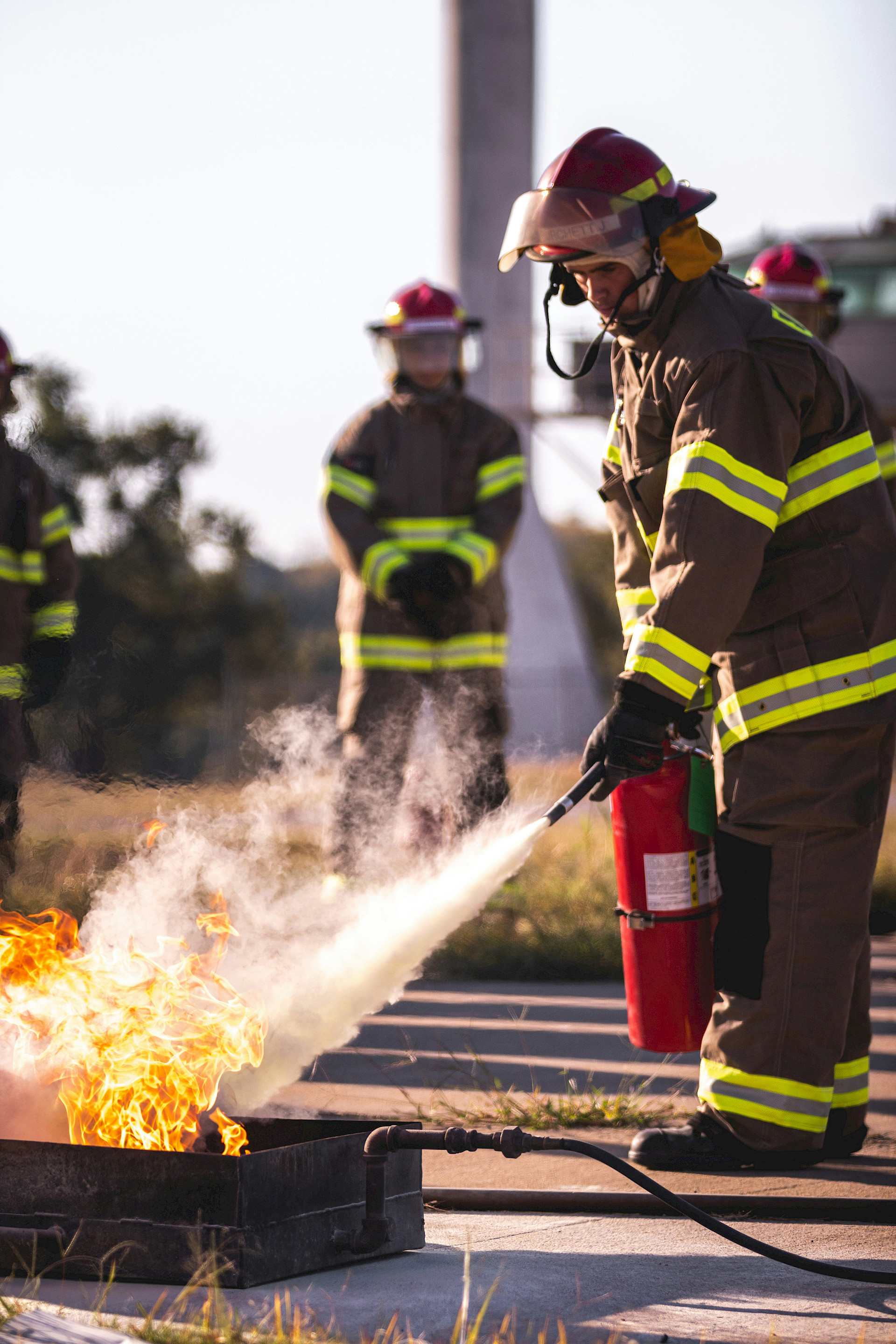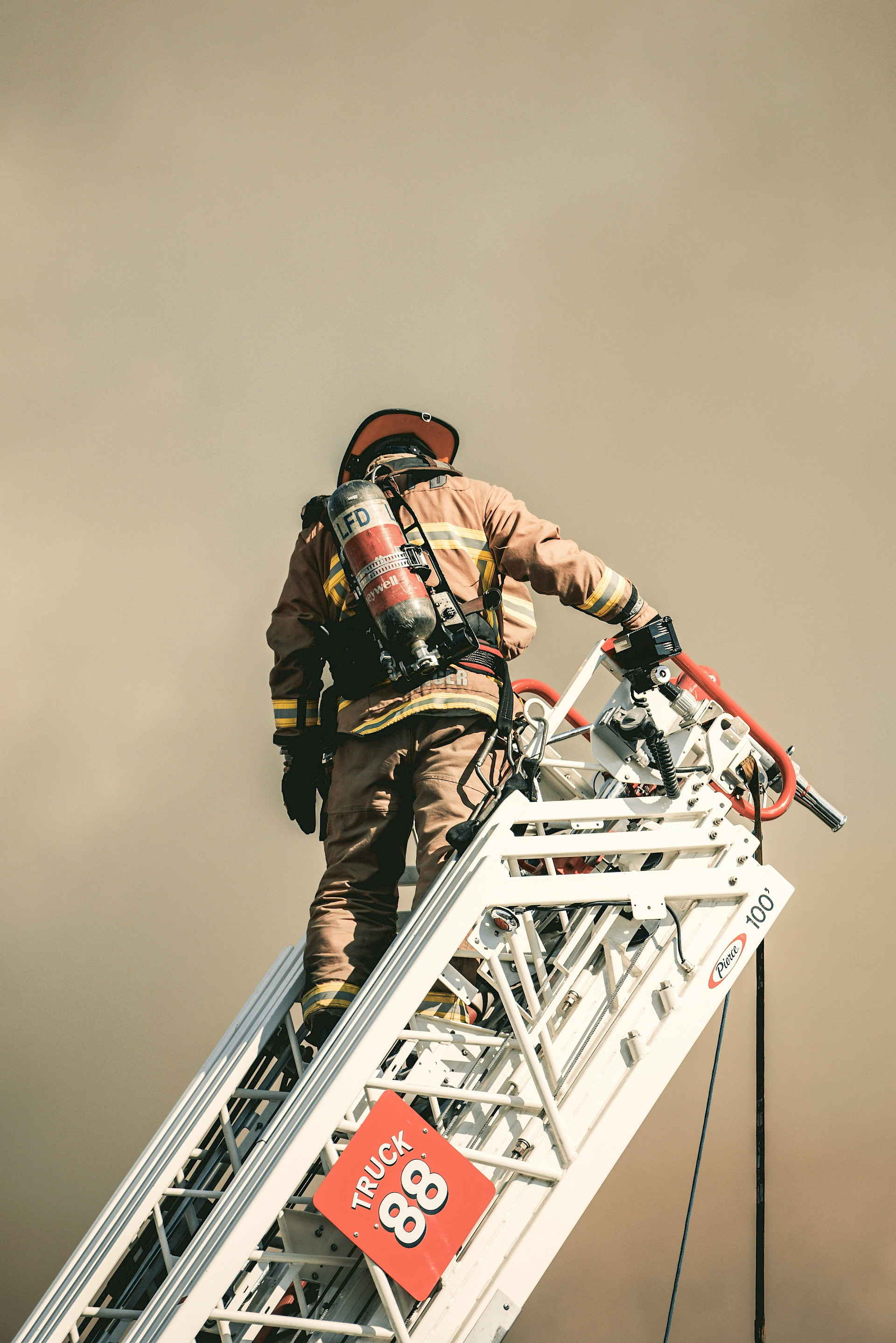All construction in commercial property utilises fire compartmentalisation, helping to trap fire and smoke, allowing people to evacuate safely in a timely manner. Whether your building has been refitted for you to move into or you’ve had works carried out as part of a refurbishment, this could undermine your passive fire protection plan, meaning fire and smoke can spread quickly between building compartments.
For compartmentation to be successful, all potential sources of airflow must be protected using fire-resistant materials. This includes joints and rafters, pipes, air ducts, and ceiling voids. Compartment walls and floors should also be installed for parts of buildings that serve separate purposes. For instance, offices for different companies as part of a business complex.
Compartment solutions must be reviewed regularly in case of any inadvertent breaches. These breaches can be found in cavity barriers, joint seals, and penetration seals. Regardless of size, any breach in a compartment will render it ineffective against the chimney effect.


